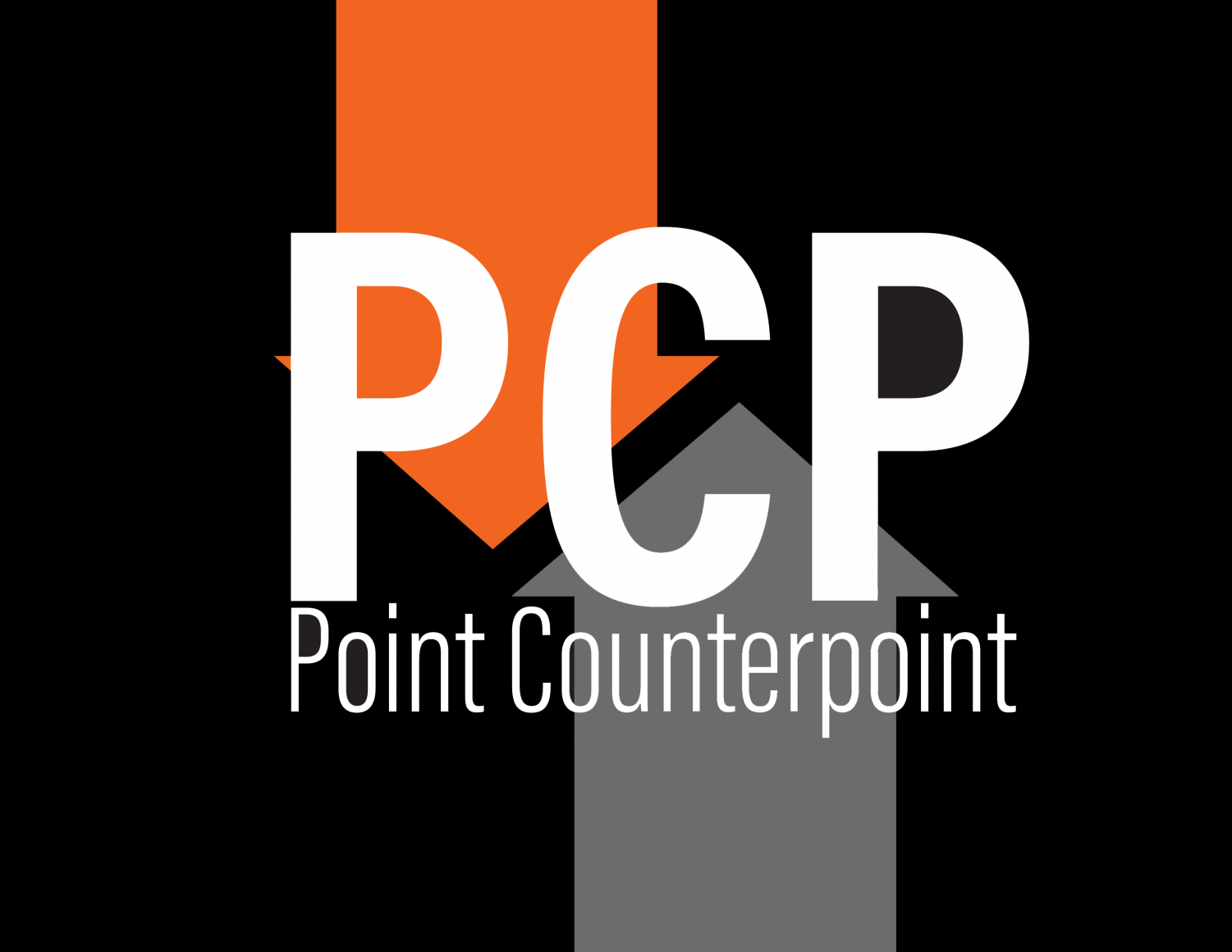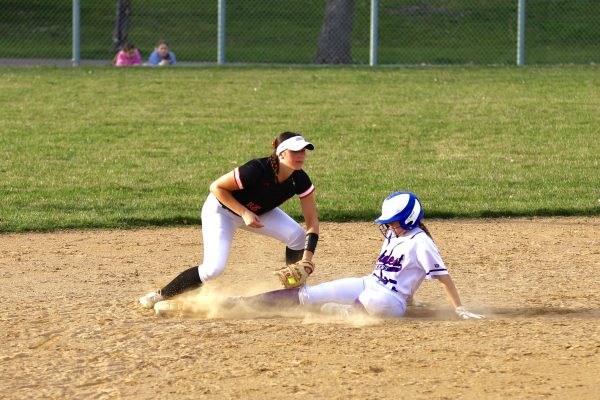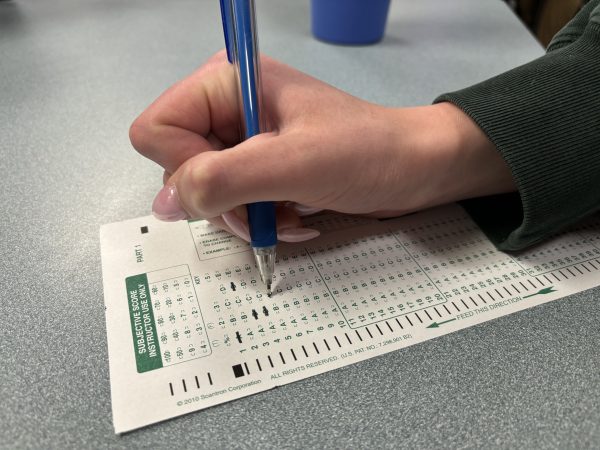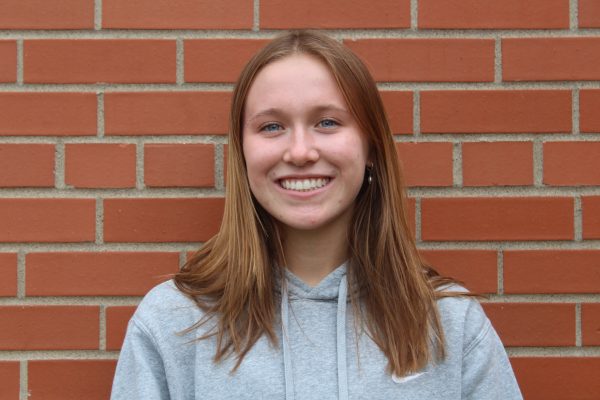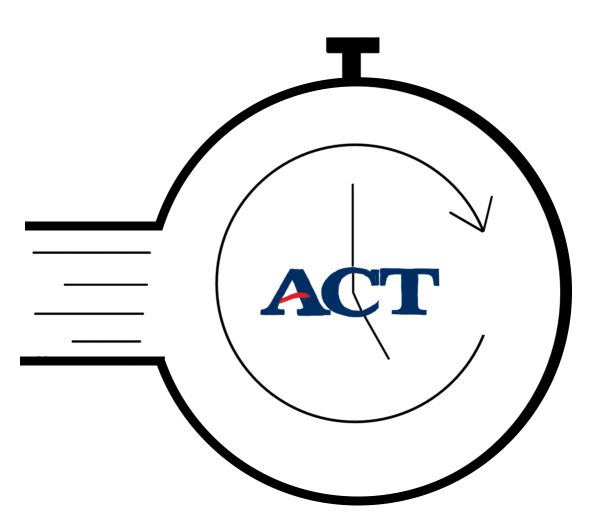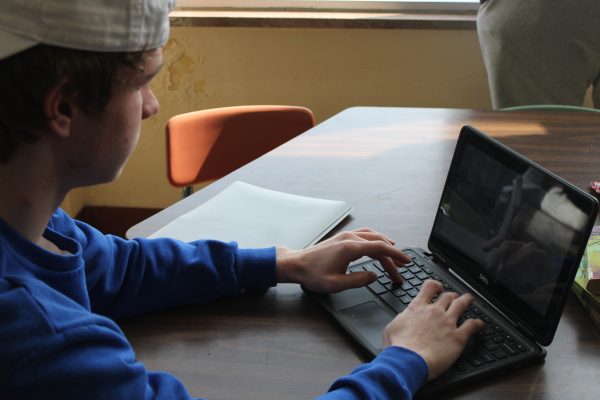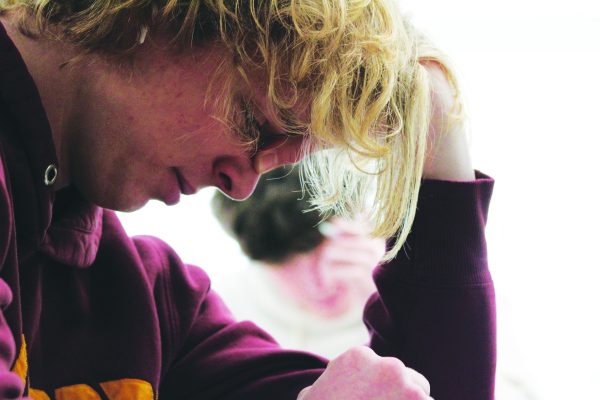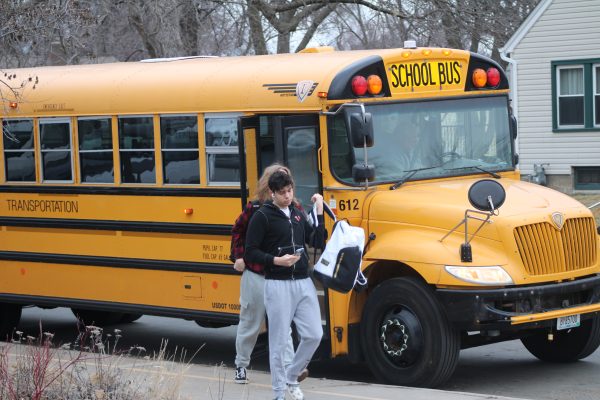In-person learning is wishful thinking
Case count only growing
February 11, 2021
Going back to in-person learning for good has been on the mind of every parent, student and teacher since we first started distance learning nearly a year ago. However, although an in-person environment is better suited for learning than online, the data on COVID-19 cases don’t indicate a safe learning environment.
The number of cases in Minnesota are still too high to necessitate in-person learning. Positive COVID-19 cases have substantially dropped since last October, when a hybrid model was previously put into place. However, we are still hanging around more than one thousand new positive cases a week; a number that, although relatively low, is still objectively high.
Even the possibility of a vaccine doesn’t help safety all that much. Currently, there is only one vaccine approved for use in youth — the Pfizer vaccine — and even then, the vaccine requires two doses to be effective. This widely narrows the ability for students to get a vaccine in a country that is already dealing with a vaccine shortage. Moreover, there has been recent discussion by Minnesota epidemiologist Michael Osterholm on whether vaccine usage should be delayed even further in order to vaccinate a larger group of people.
At the end of the day, the choice on whether a person should go back to in-person learning boils down to how heavily one weighs school over health. At this point in time, especially with the policies the school has previously put into place for grading and the general understanding of the district, I find that going back to in-person learning does not make sense; students’ well-being and safety should be prioritized.
The only time when teachers and students’ safety can be guaranteed is when a vaccine can be effectively administered to a vast majority of students and teachers. Until that point, it should be a priority to expose as few people as possible by actively improving alternatives to in-person learning.



